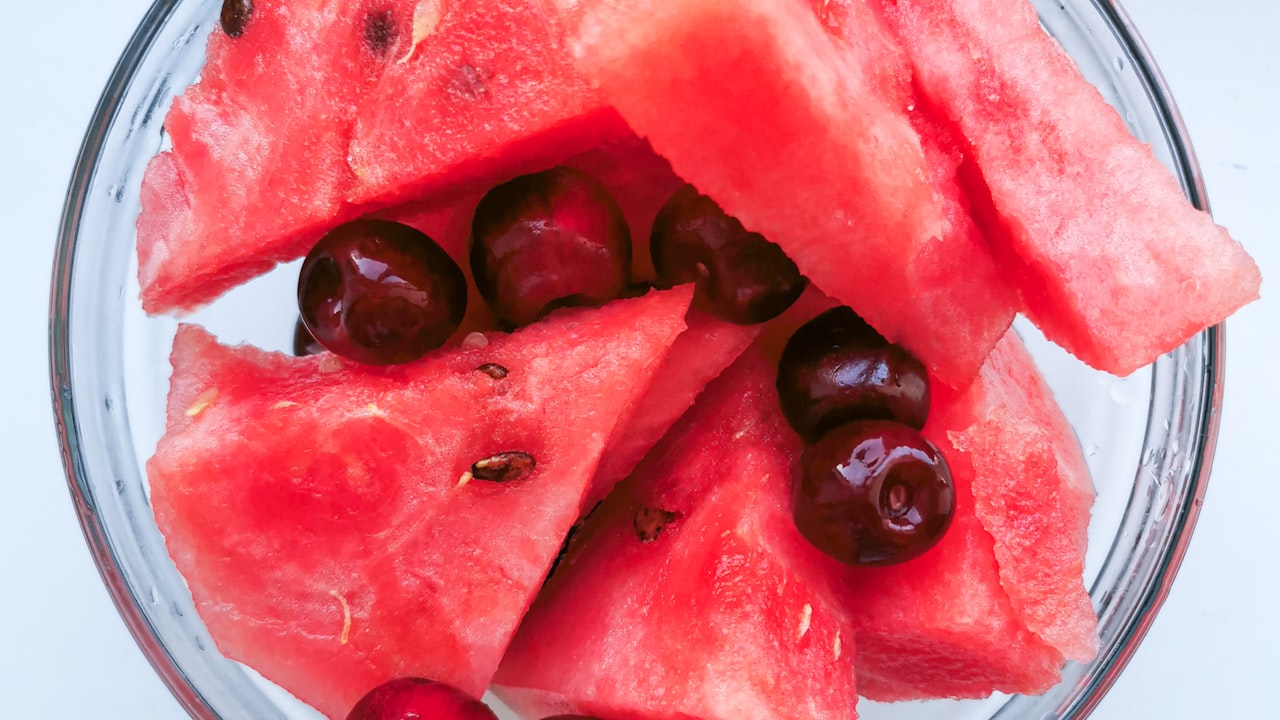Watermelon: Nature’s Refreshing Delight
Introduction
Watermelon, with its juicy and sweet flesh, is a symbol of summertime and a favorite fruit enjoyed by people around the world. Its vibrant pink or red color and refreshing taste make it a delightful treat during hot days. In this exploration of watermelon, we will delve into its botanical origins, nutritional value, cultivation practices, cultural significance, and the various ways it is enjoyed across different cuisines.
Botanical Origins: A Member of the Cucurbitaceae Family
Watermelon, scientifically known as Citrullus lanatus, belongs to the Cucurbitaceae family, which includes cucumbers, pumpkins, and squashes. It is native to Africa and was cultivated in ancient Egypt over 5,000 years ago. Since then, it has spread to various parts of the world, becoming a beloved fruit in many cultures.
Nutritional Value: Hydration and Essential Nutrients
Watermelon is renowned for its high water content, making it a hydrating choice, especially during the scorching summer months. Beyond hydration, it is a rich source of essential nutrients like vitamins A and C, as well as antioxidants like lycopene, which contributes to its vibrant red hue.
Cultivation and Growing Conditions
Watermelons thrive in warm, sunny climates with well-drained soil. They require plenty of space to spread their vines and sufficient water for proper growth. Farmers use various techniques, such as drip irrigation and mulching, to ensure optimal watermelon cultivation.
Varieties and Culinary Uses
Watermelon comes in different varieties, ranging from small seedless melons to large, traditional ones with black seeds. It is enjoyed in various ways across cuisines, from sliced and eaten as a refreshing snack to used in fruit salads, smoothies, and desserts. In some cultures, watermelon rinds are also pickled and enjoyed as a savory treat.
Cultural Significance: Celebrations and Symbolism
Watermelon holds cultural significance in many societies. In some countries, it is a popular fruit served during summer festivals and celebrations. It is also associated with themes of abundance, fertility, and good luck in various cultures.
Health Benefits: Hydration and Beyond
Beyond its delicious taste, watermelon offers several health benefits. Its high water content aids in staying hydrated, while its nutrient profile supports overall health. The antioxidants in watermelon may contribute to heart health and may reduce the risk of certain diseases.
Culinary Innovations: Watermelon in Modern Cuisine
In modern culinary trends, watermelon is not only enjoyed in its traditional form but also used creatively in innovative dishes. Chefs experiment with incorporating watermelon into salads, cocktails, and savory appetizers, showcasing its versatility in both sweet and savory dishes.
Preservation and Seasonality
Due to its high water content, watermelon is best enjoyed fresh during its peak season, which varies depending on the region. For preservation, it can be refrigerated, cut into slices, or blended into refreshing juices or popsicles.
Conclusion: A Symbol of Summer Joy
In conclusion, watermelon stands as a symbol of summer joy, offering a burst of refreshment and nutrition in every juicy bite. Its botanical origins, nutritional value, cultivation practices, cultural significance, and culinary versatility make it a beloved fruit cherished by people of all ages. Whether enjoyed as a simple slice or incorporated into culinary innovations, watermelon continues to delight and quench our thirst for deliciousness in the warmest days of the year.




